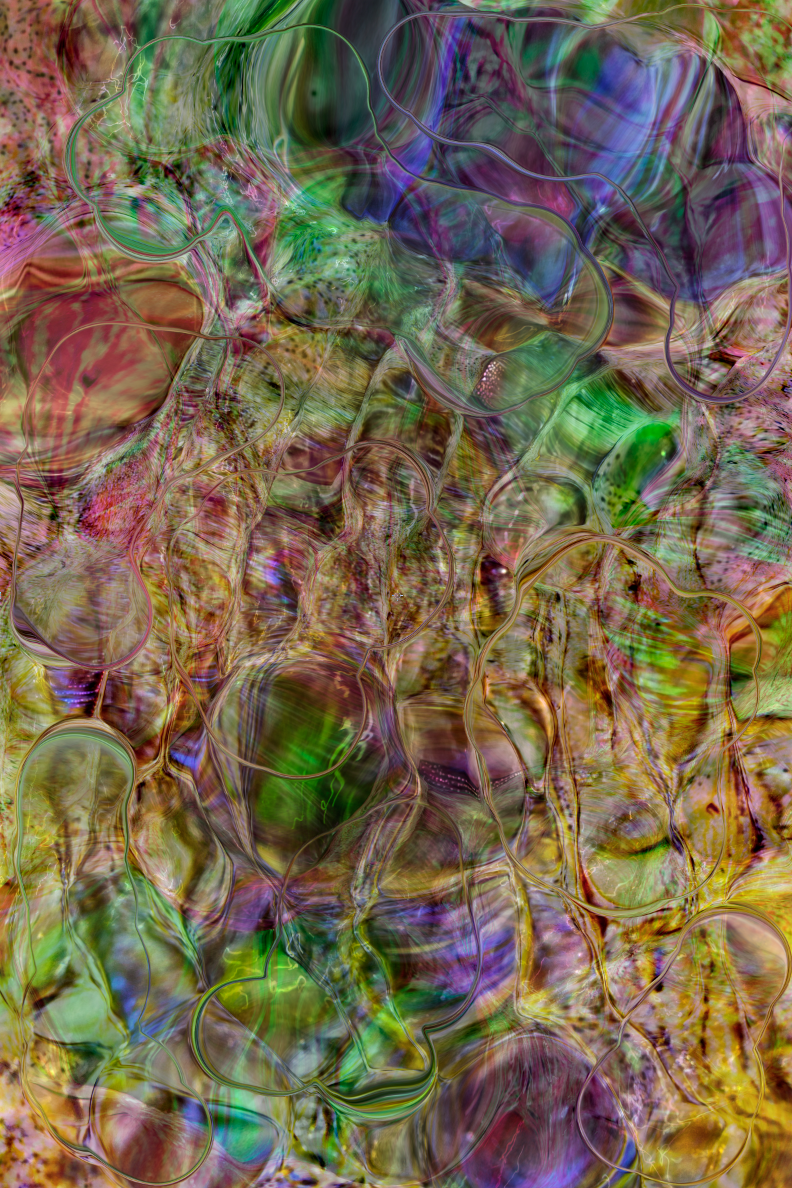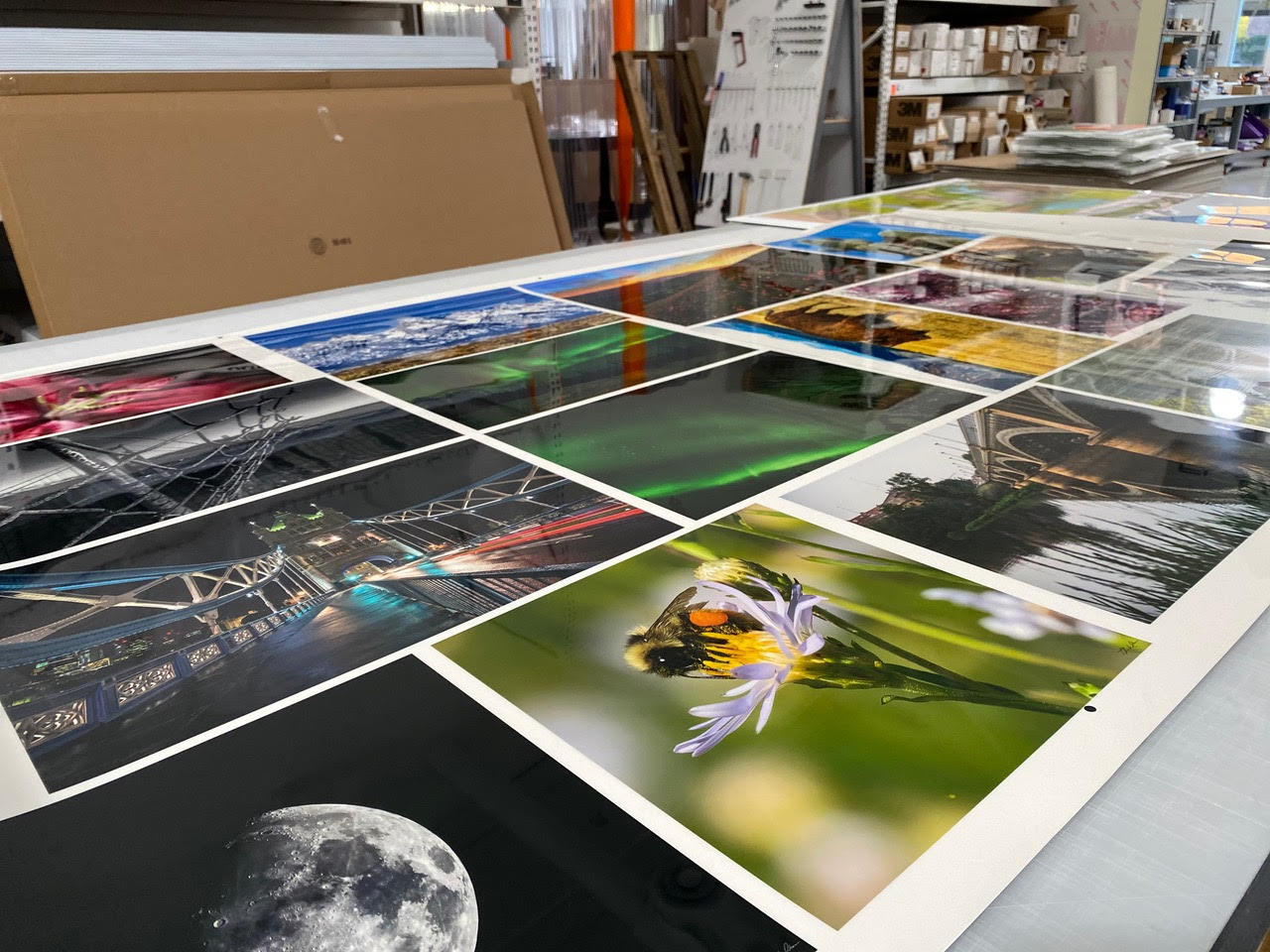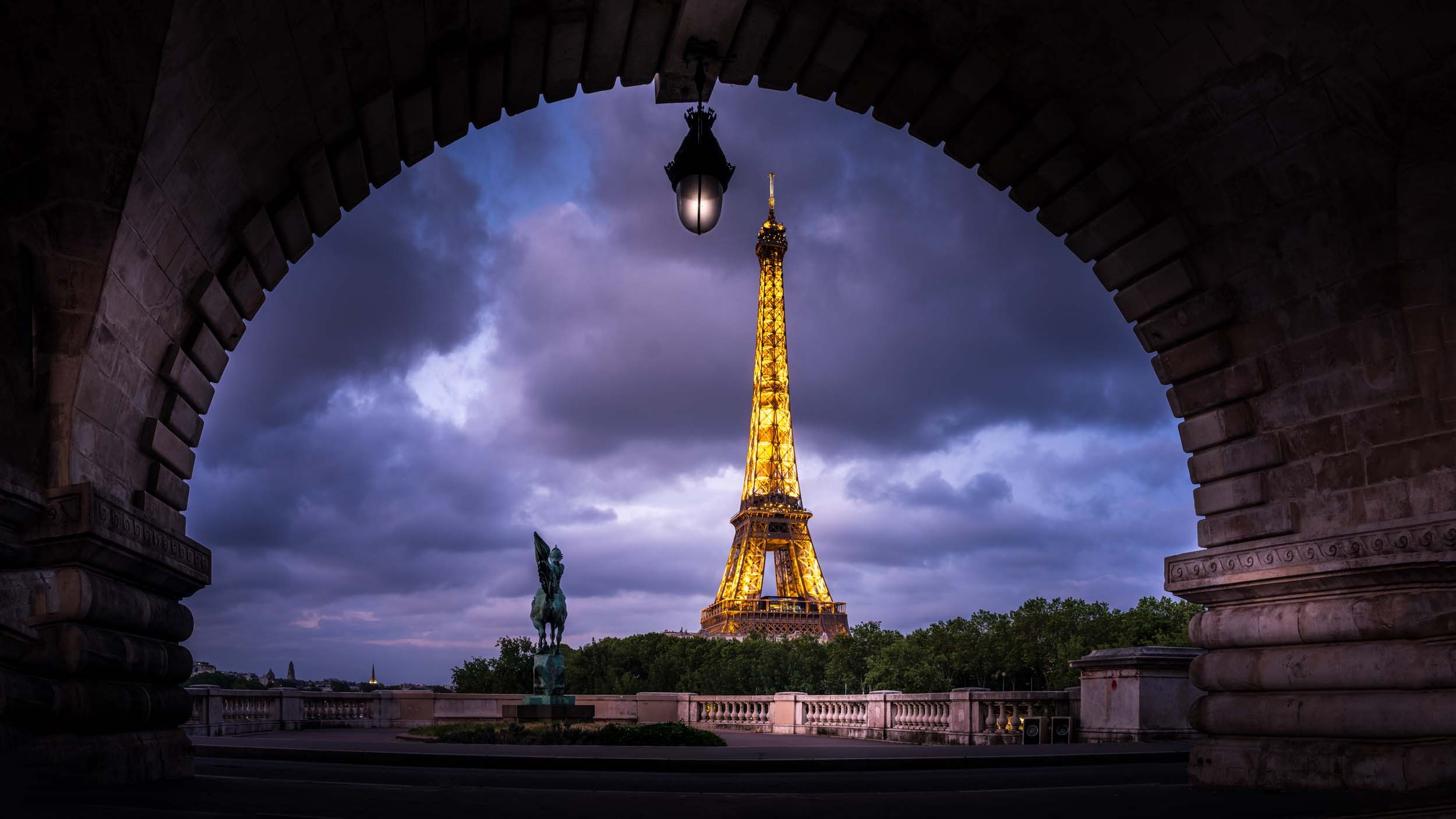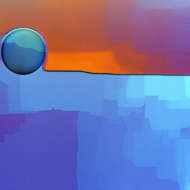Is Digital Art Fine Art?
Much like when photography first entered the art scene, digital art is now challenging many people’s conception about the definition of fine art.
Do you think traditional art is easy? How can you given there are so many different categories hidden under this name? You may excel at sculpting, but fall short at painting. Even these categories aren’t so simple as merely “easy” or “hard”. You need to go deeper: clay can’t be compared to steel, and oil paintings are made with a totally different technique than watercolor ones. So it’s not only the tool that makes the difference—you can use the same brush for different techniques.
It’s the same with digital art. You get a set of tools, but they don’t have any technique assigned to them. What’s more, the techniques of sculpting, drawing and painting are the same between traditional and digital media. Drawing a line on paper or dirt is no different than drawing a line with a stylus pen. The result is created in a different format, but it doesn’t change anything.
What Makes it Fine Art?
Digital art is often considered “fake” only because it’s made of digits, and digits are “soulless”. But aren’t all traditional drawings made of graphite  molecules in some configuration?
molecules in some configuration?
All artists use some kind of “particle” to build their works. It’s not the kind of particle that makes the fine art—it’s the way they’re organized by an artistic mind. Sit beside a working artist and copy all they do, every stroke, step by step, and you’ll create almost identical artwork! But does it mean you did the same..?
Fine Art doesn’t exist in the brush, the canvas, or the molecules of the pigment. It’s not physical—it may have a physical carrier, but it doesn’t need to! So it can’t, in this sense, be copied—the artwork is only one, even if it uses many carriers. Art is the soul hidden in the medium—but it’s not the medium. Read the full article here!
Galleries Dedicated to Digital Art
Even with wonderful prints or animations, one has to wonder whether a space that focuses on digital art is viable. Does it follow the same economical model as any other gallery? Does it have a market? A future? This is a great write up from the people at We Make Money Not Art.











Leave A Comment